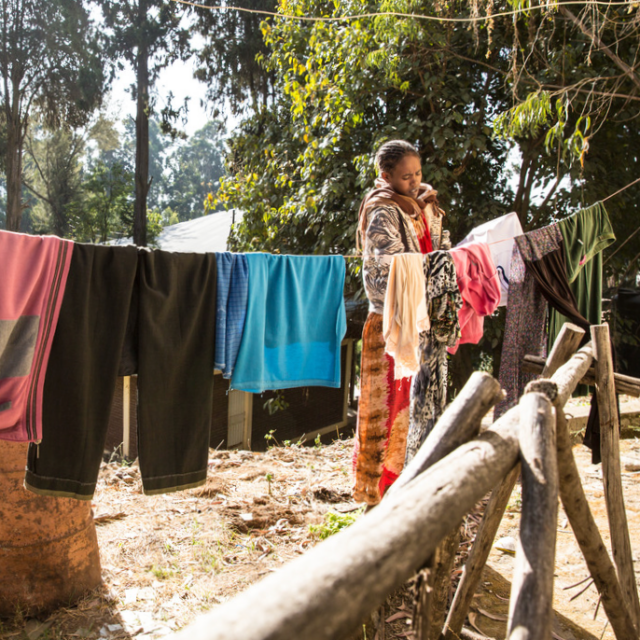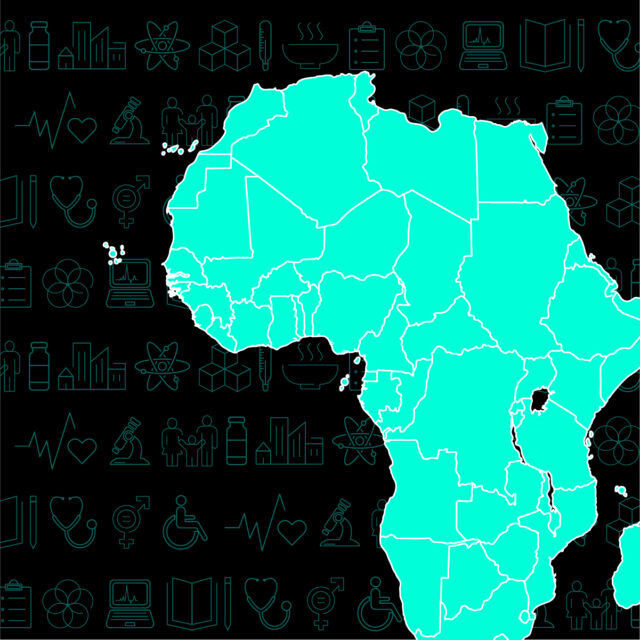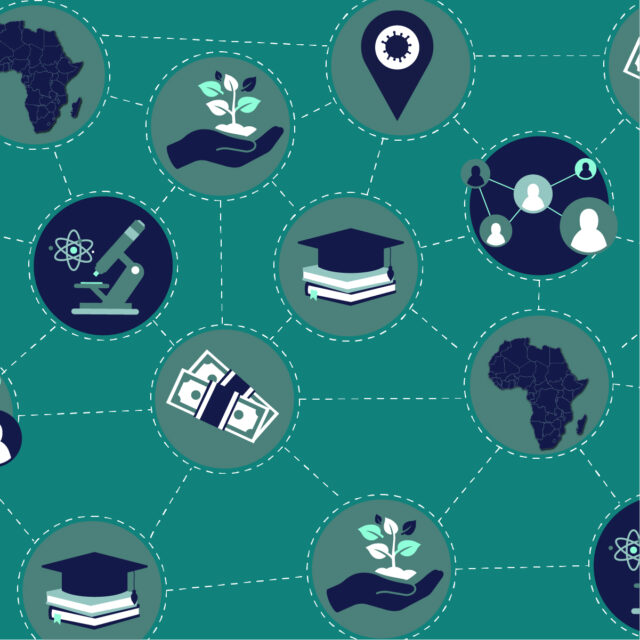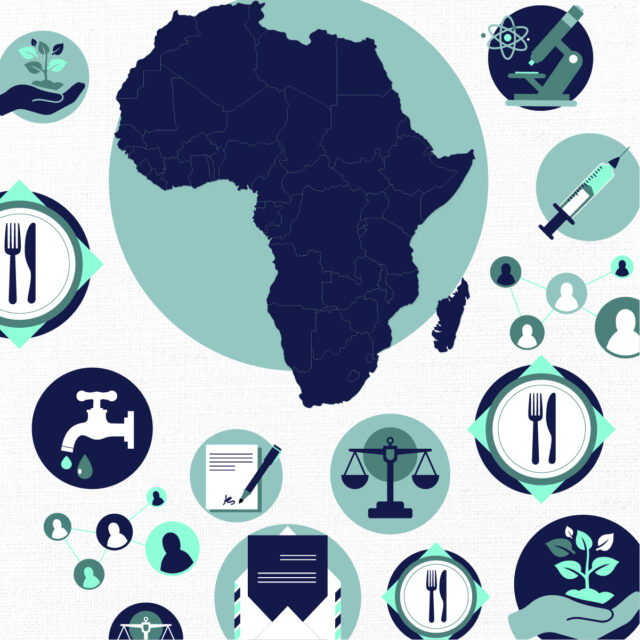Cases of sexual violence against women are increasing in Ethiopia, as the conflict between the rebel Tigray People’s Liberation Front (TPLF) and the government of Prime Minister Abiy Ahmed continues. Seventy women in Nifas Mewcha in the Amhara region reported being raped by TPLF fighters during a nine-day period in August when the armed group took control of the town, according to an Amnesty International report. Many of the women said they experienced physical and mental health problems after the attacks. These acts could potentially be construed as crimes against humanity, said Agnes Callamard, Amnesty International secretary general.
All sides in the conflict – which threatens to become an all-out civil war – have been accused of human rights violations, including sexual and gender-based violence. Early this month, a report revealed ethnic-based killings and rapes in various regions of northern Ethiopia by the Ethiopian National Defence Forces (ENDF), the Eritrean Defence Forces (EDF, an ally of the ENDF), Fano (a group affiliated to Amharan militia), and Samri (a local Tigrayan youth group). The report was the result of a joint investigation by the Office of the United Nations High Commissioner for Human Rights (OHCHR) and the Ethiopian Human Rights Commission.
“Women and girls whose male family members were Tigrayan combatants were targeted by the EDF, and wives of ENDF soldiers were similarly targeted by Tigray forces,” says the report. The report concluded that all parties in the conflict – including the Ethiopian and Eritrean armies and militia allied to Tigrayan, Oromo, and Amharan forces – have committed “serious abuses and violations of human rights, humanitarian and refugee law.”
Destroyed health infrastructure
The violence forced hundreds of thousands of Tigrayans and Amharans to flee their homes. WHO estimates that 2.1 million people have been displaced and are living in crowded environments with limited access to water and sanitation. More than 5.2 million people in the Tigray region are in dire need of humanitarian support, including healthcare.
However, the Ethiopian government has made it difficult for humanitarian workers to access northern Ethiopia. In September, Médicins Sans Frontières was forced to suspend its operations in the Amhara, Gambella, Somali, and Tigray regions. The Ethiopian government expelled seven senior UN officials the same month, and 16 UN personnel have been detained.
Health services and infrastructure such as schools and hospitals have been destroyed in regions experiencing conflict. Over half of the health facilities in Tigray are not operational, according to WHO. This means that people suffering from trauma and injuries have less access to medical care. NGOs and humanitarian organisations providing healthcare are unable to access conflict areas where their services are most needed, due to security concerns. In Nifas Mewcha, TPLF fighters damaged and looted the main hospital, leaving most rape survivors with no access to post-rape care.
The conflict has also disrupted the country’s COVID-19 response. Large-scale displacement of people and the destruction of health facilities means hundreds of thousands of people in the north of the country are without any healthcare. Administering vaccines to the internally displaced populations is likely to become extremely difficult, if not impossible.
The conflict has focused the government’s energy on fighting the rebels, which has diverted public attention and resources away from the pandemic. As of 9 November, Ethiopia had one of Africa’s highest daily rates of confirmed COVID-19 cases (251). The conflict has made vaccinations almost impossible in some areas. Ethiopia is already among the least vaccinated countries in Africa, with only 1.2% of its population of 112 million people fully vaccinated against COVID-19.
Failed promises
Until the conflict in northern Ethiopia began in November last year, Ethiopia was hailed as success story. In the past two decades, the country appeared to be heading towards an “economic miracle:” Economic growth rates averaged 10% a year from 2004 to 2019, and only dropped down to 6% in 2020 due to the COVID-19 pandemic. Much of this growth was driven by significant investments in infrastructure and manufacturing.
When Prime Minister Abiy Ahmed assumed Ethiopia’s leadership in 2018, he promised radical reforms to unite the country’s more than 80 ethnic groups and to transform it from a securitised state to an open and democratic one. In his first 100 days in office, he granted amnesty to thousands of political prisoners and discontinued media censorship. He also extended a hand of friendship to Eritrean President Isiaias Afwerki, thus ending a two-decade stalemate. This rapprochement earned him the Nobel Peace Prize in 2019, when he was lauded for “his decisive initiative to resolve the border conflict with Eritrea.”
But within just three years of his premiership, Abiy started reintroducing draconian measures to curb dissent, including clamping down on the media and imprisoning his opponents. His government declared the TPLF – which ruled the country from 1991 to 2018 – a “terrorist organisation.” He has also fanned the current conflict by urging citizens to take up arms against the TPLF and its allies, who are reported to be advancing towards the capital Addis Ababa.
This week he announced that he would be leading the war effort from the front lines. Abiy has declared a nationwide state of emergency – even as the African Union, the UN Security Council, and the US government are seeking to mediate a peaceful resolution to the conflict.
The current crisis is threatening to spill into neighbouring countries, and it could embolden forces that want to take advantage of regional instability. The conflict in Ethiopia could further destabilise countries in East Africa and the Horn of Africa that are either fragile or conflict-prone, such as Somalia and South Sudan. Neighbouring countries such as Kenya and Uganda, which have been recent targets of terrorist attacks, might also be facing a refugee crisis as fleeing Ethiopians seek refuge there.
Rasna Warah is a Kenyan writer and journalist who is working with the ONE Campaign’s COVID-19 Aftershocks project.



